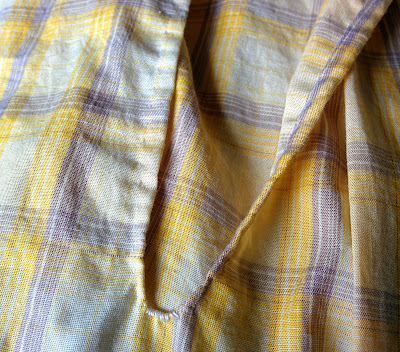Before Victoria: the White Wedding Dress in the 18th and Early 19th Centuries (Part I)

The history of white wedding dresses is a popular topic, and a few related narratives have built up in both popular and academic writing: Queen Victoria was the first to wear a white gown for her wedding in 1840, and women began to copy her, creating a tradition. Queen Victoria was not the first to wear a white wedding dress, but it experienced a boom in popularity as a result of her marriage. Queen Victoria was not the first to wear a white wedding dress, but it was only with her marriage that it took on the connotations of purity and innocence. I could digress to talk about the perils of "Great Man" history, but that's better for a discussion on Chanel (hey-o!), so instead let's just look at why these narratives are all incorrect, and why Victoria was not really a turning point at all. (For the use of white, that is - Cele Otnes and Elizabeth Pleck make a very convincing argument in Cinderella Dreams: The Allure of the Lavish Wedding that Victoria's wedd
